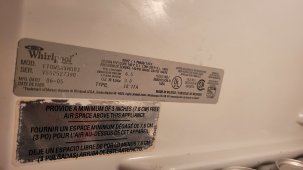Daddy Tanuki
Solar Wizard
you can cover any sides that are not designed to radiate heat and it will help. how much depends upon a lot of factors. I have seen folks in RV's cover all but the coils and their power usage dropped by 15 or 20% but they usually glued the foam on and the unit was not that efficient to begin with so it makes it appear larger than it is. the problem with the superefficient ones is that they use the entire side, or sides to radiate the heat, so they are more efficient to begin with. hence I wan to find an older one that has back coils and disconnect and move them, which allows me to raise efficiency in several different ways.




